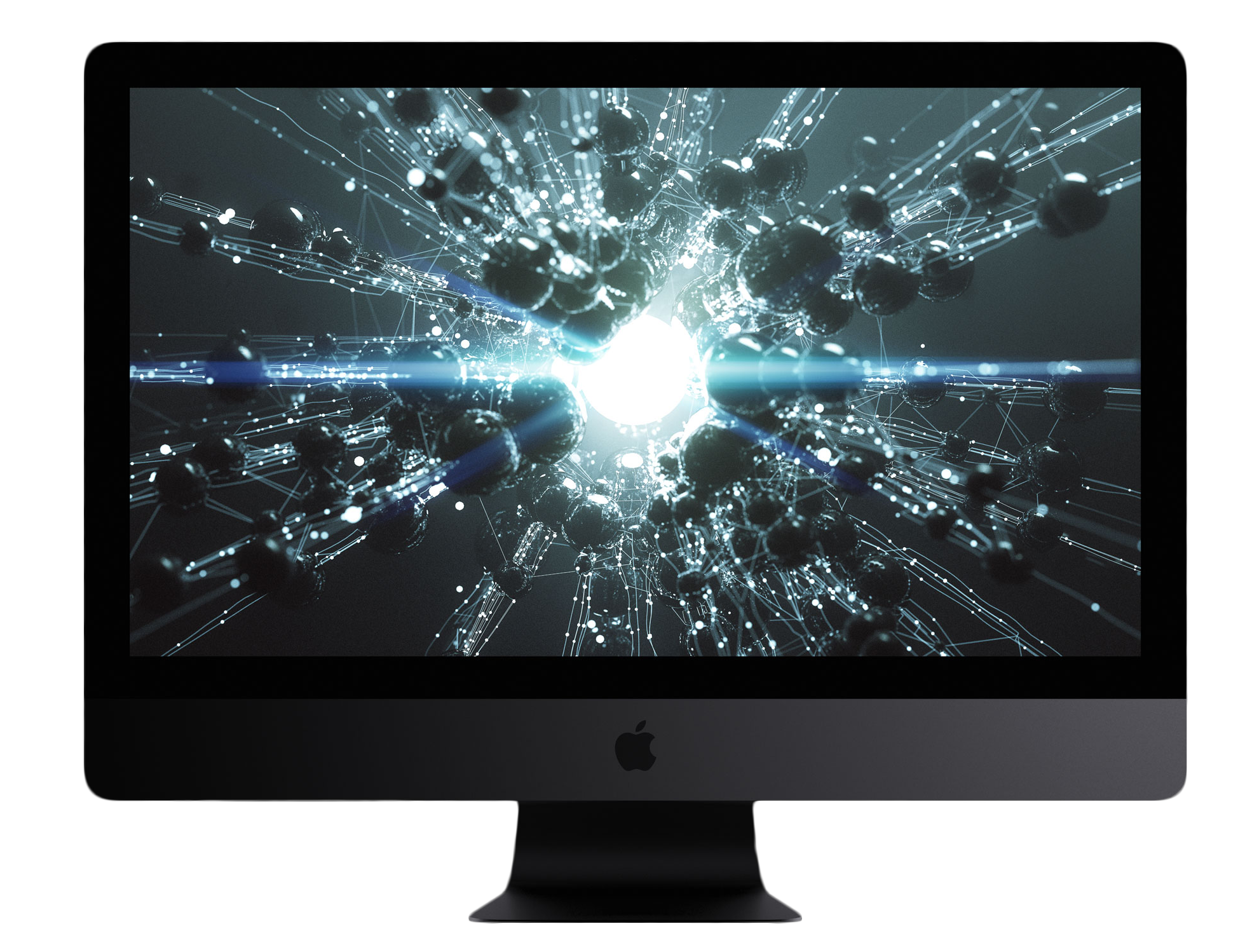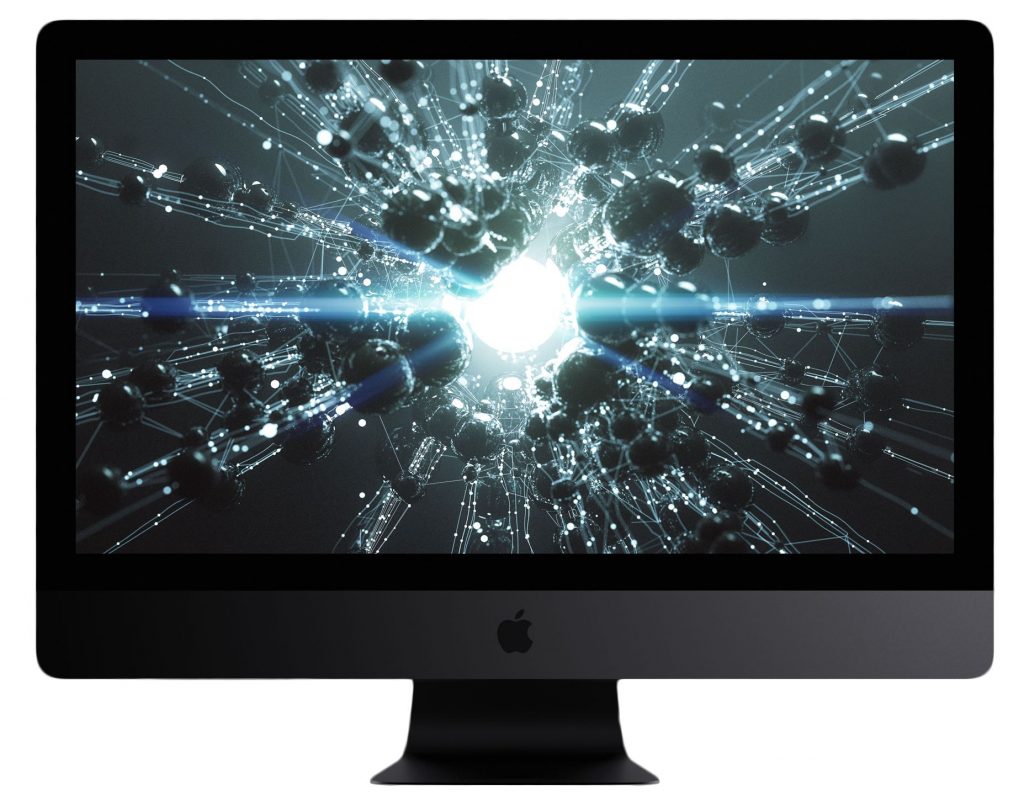
Let’s break it down, starting with the display. Our industry is on a collision course with HDR. It’ll take a good 3-5 years for strong consumer awareness to kick in, but as content creators we need to be moving quickly. The display on this new Mac isn’t capable of full HDR, but at 500 nits it’s a whole lot better than that monitor your using now. (The Dolby Vision spec goes all the way up to a theoretical 10,000 nits, though current consumer HDR displays have a stated contrast range in the vicinity of 800-1000 nits.) The inferior (at least based on the specs) HP Dreamcolor comes in at only $1000 less than the based iMac Pro. In other words for an extra grand you get a computer with your monitor.
Next, the processor. Just one, but with the option of including Intel’s next-gen 18 core proc. Some of you may be wondering if that’s enough, given that dual processor machines may soon be available from other vendors. In my experience (I’m currently working with a 20 core machine) there’s a fall-off in the value of parallel processing on the CPU. Many applications aren’t highly optimized for multi-threading and even with those that are only so much of the code can be processed in parallel anyway. Developers are looking more and more to GPU-based threading for the heavy grunt work, meaning that in my humble opinion, yes, 18 cores is probably plenty for most users. The one exception would be 3D animators using highly optimized multi-threaded renderers like Arnold (at which point, they should probably look at adding one or more additional render machines as an alternative to paying for a dual CPU 36 core system).
And then there’s the GPU…I’m not sure what Faustian bargain Apple struck with AMD but it must have been a doozy. With a majority of developers preferring to code with Nvidia’s CUDA library (especially in the VR space that Apple was crowing about with the announcement of the iMac Pro), the insistence on locking users into an on-board AMD GPU seems strange. Is it a deal-breaker? Not with the Thunderbolt 3 ports that provide the option to expand GPU processing outside the main chassis. An additional expense, but at least it provides for future upgradeability and CUDA compatibility.
Following on the heels of the GPU comes plenty of fast system RAM (I would have liked a theoretical maximum of 256GB, but even in my feature VFX work I don’t think I tax 128GB on my main system very often). No doubt you’ll pay for the max; savvy Apple buyers know to buy the minimum factory install then purchase additional RAM via a third party.
Rounding things out: 10Gb ethernet. This could well be the one thing that makes the iMac Pro worthy of the Pro moniker. Professional systems aren’t much use in an enterprise environment unless you can get data on and off quickly. So while you may not have direct fiber access, between Thunderbolt 3 and 10Gb ethernet you should be covered.
Of course all this will add up to a fairly stratospheric price tag once you combine the souped-up options. By the sounds of the display specifications alone though that price will be more than justified. And since this is a machine you’ll likely be using for a while, it’s probably worth forking out the cash up front.
So then: buy the iMac Pro or wait for the next Mac Pro sometime in 2018? It probably comes down to whether you need the color precision of the iMac display and can live without PCI Express expandability. Personally, I have so many displays lying around it would be criminal for me to bring another into the world until at least a couple more of the ones I have die, but I may yet be tempted by the space gray allure…
Damian Allen is a VFX supervisor and pipeline consultant based in LA. He specializes in stereoscopic and picture-lock emergency effects work through his company Pixerati LLC. In addition to his hands-on production work, Damian lectures and trains artists around the world in compositing theory and technique.

